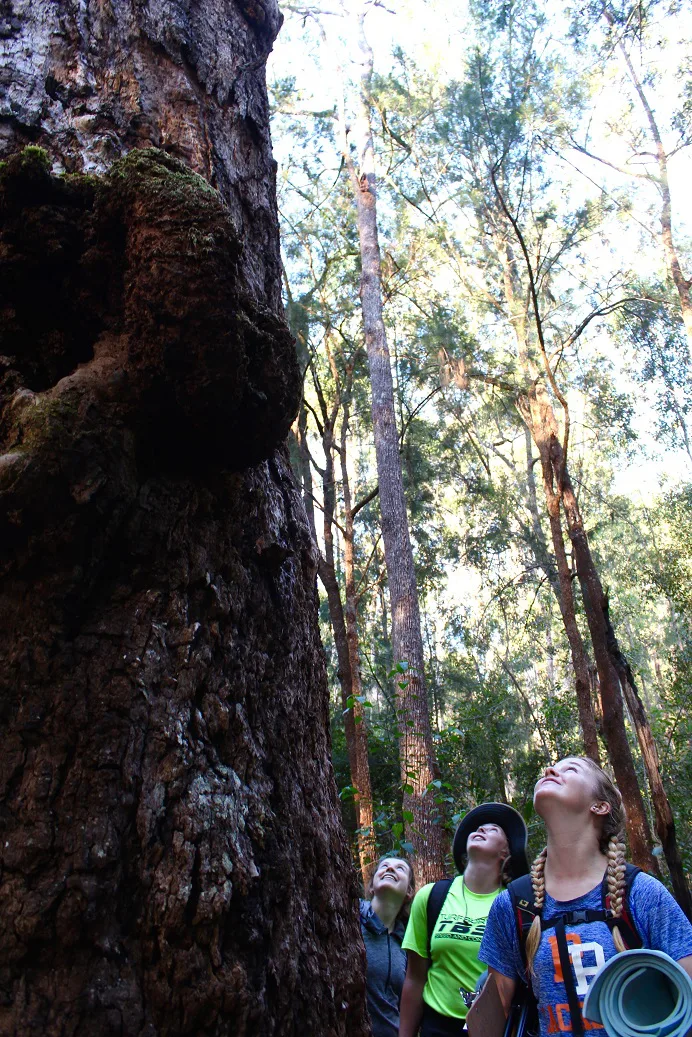In the Field with Yellow-Bellied Gliders
Over the last three weeks students of The SFS Centre for Rainforest Studies (CRS) were involved in field exercises (FEXes). This semester the three faculties of the centre decided to conduct a joint FEX under one common topic. The topic was ‘conservation of the yellow-bellied glider in a changing landscape’. Students were challenged to explore the human-related, landscape-related and species-specific components of this topic.
Although the species is widely distributed in SE Australia, a distinct population is living in the Wet Tropics, separated from the southern populations by a gap of about 400km. This northern subspecies is classified as endangered and research and conservation activities are mainly driven by a group of volunteers and citizen scientists under the guidance of a local ecologist. This contributes to an interesting human component of glider conservation and students captured the different aspirations of people involved in glider conservation. Students also explored the knowledge of local communities about this species and threats to its future by interviewing community members.
Since yellow-bellied gliders of the Wet Tropics prefer habitat within the interface between rainforest and dry sclerophyll forests, their habitat protection is ultimately linked with the floristic changes between these different ecosystems, the role of fire in them and the management of these forests. In their field work students aimed at measuring floristic changes of habitats in relation to habitat requirements of the Yellow-bellied Gliders, such as the presence, absence and size of certain Eucalyptus and rainforest species.
For effective conservation of the yellow-bellied glider it is essential to know how many individuals are around and whether the number of them is stable, declining or increasing. Density estimations of this species proved to be difficult because individuals are hard to observe due to the nocturnal life of the species, and are visually not distinctive. However, gliders are very vocal animals and use a range of calls to communicate within their family group. Our centre is currently pursuing research on these calls to identify call types and components which are suitable to distinguish between individuals and therefore can help in assessing the number of individuals in a habitat. Students of this semester went out to record glider calls using sensitive sound-recording equipment. This was done mainly after dusk as gliders communicate mostly shortly after their emergence from their dens. Although students did not collect many calls due to the prevailing rainy weather conditions during field work, they got excited about their opportunity to contribute to this on-going research at SFS-CRS.

Photos courtesy of Anne McGarvey

Related Posts

Restoration on a Cinder Cone: A Syntropic Story

